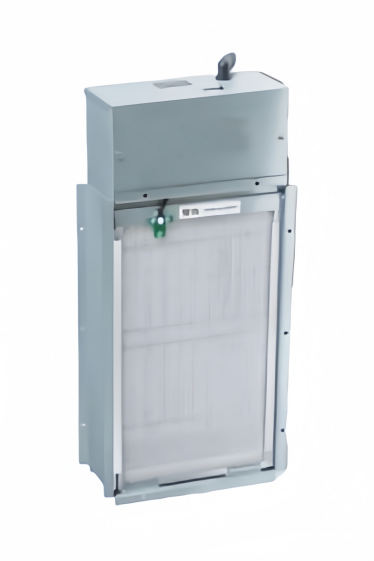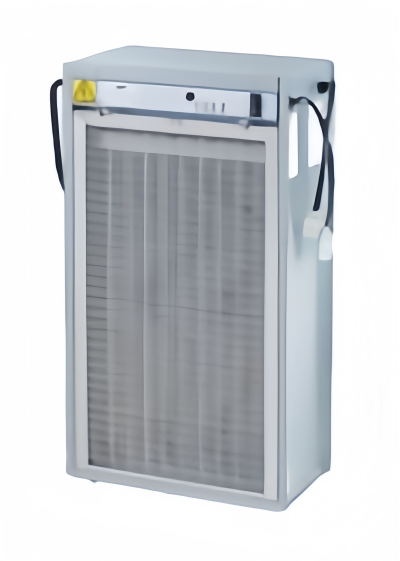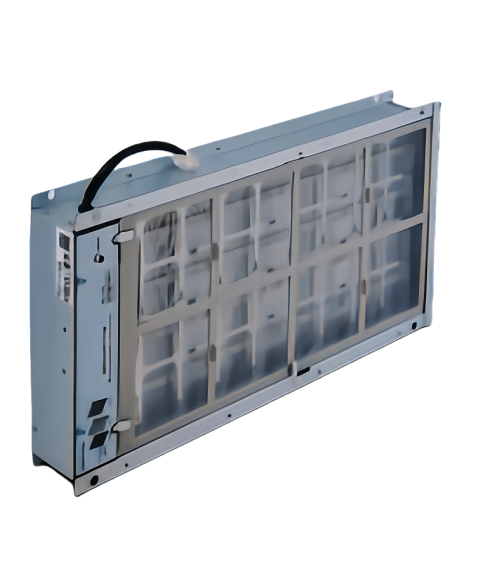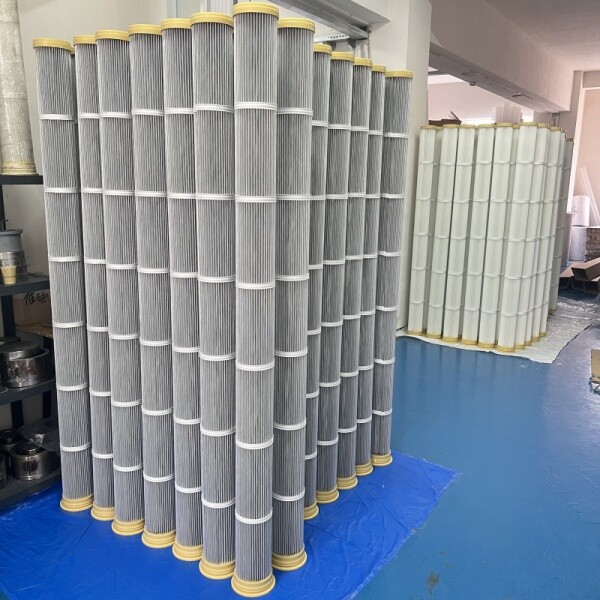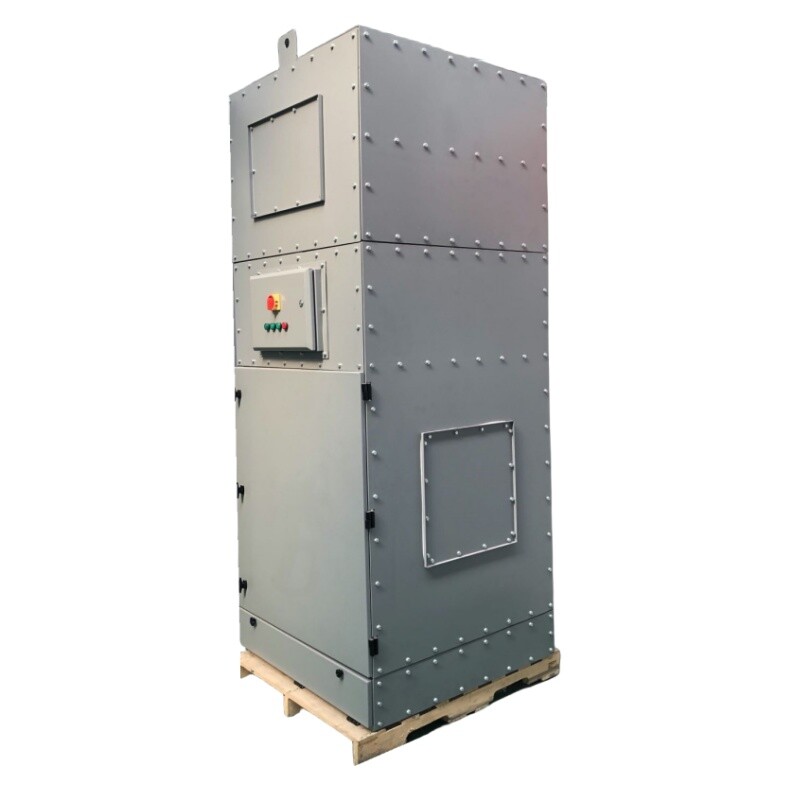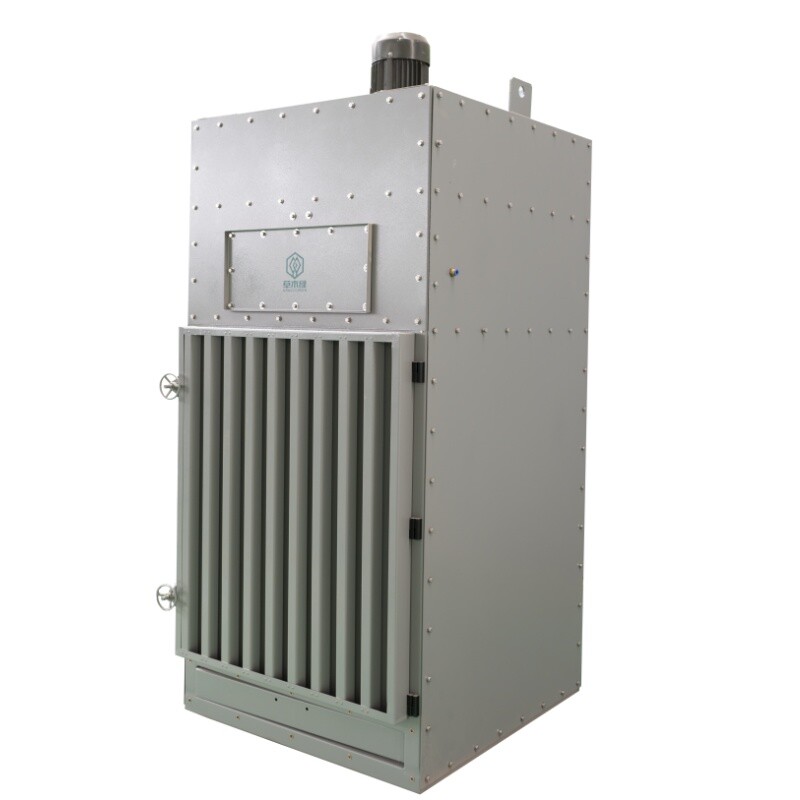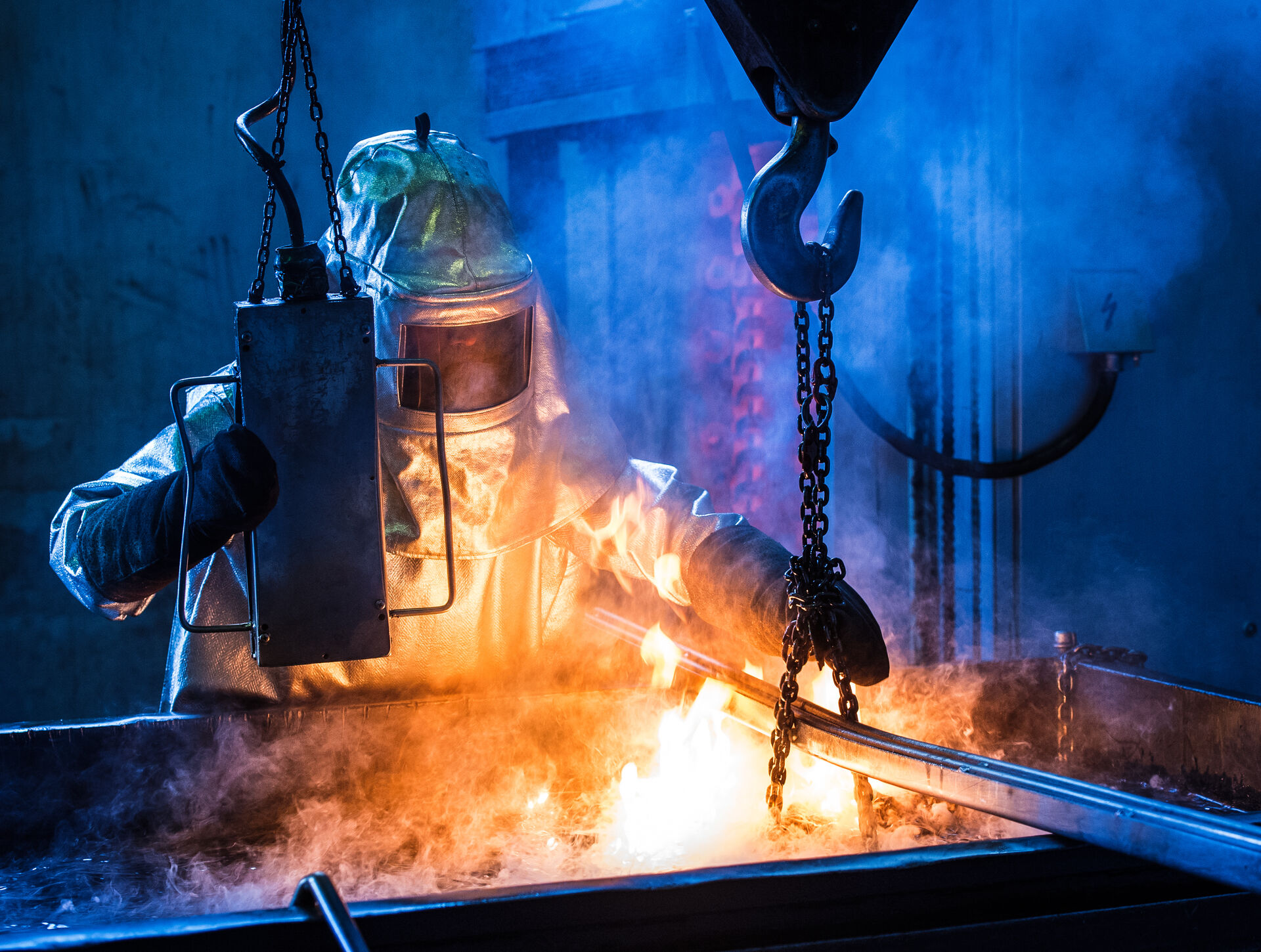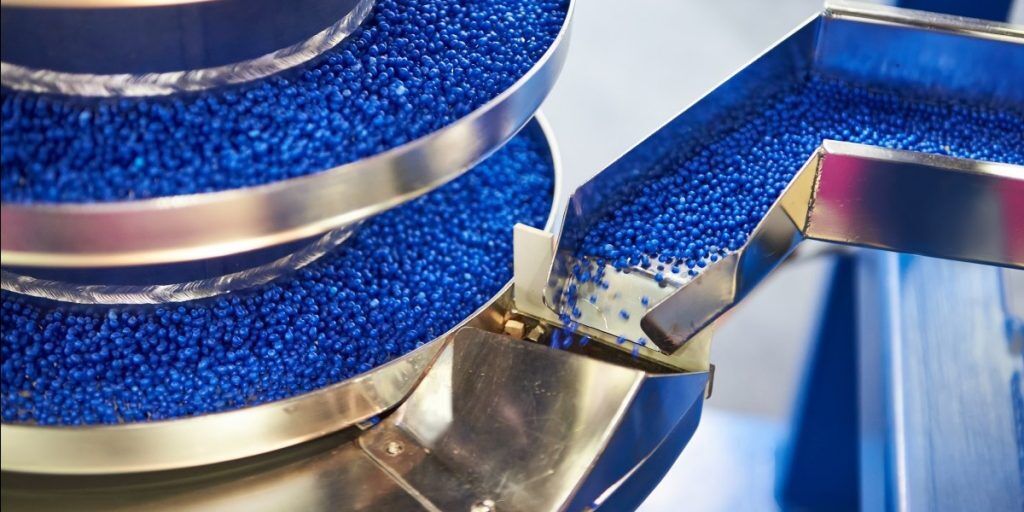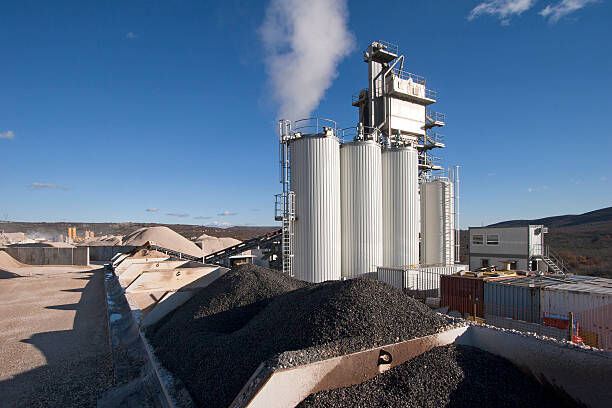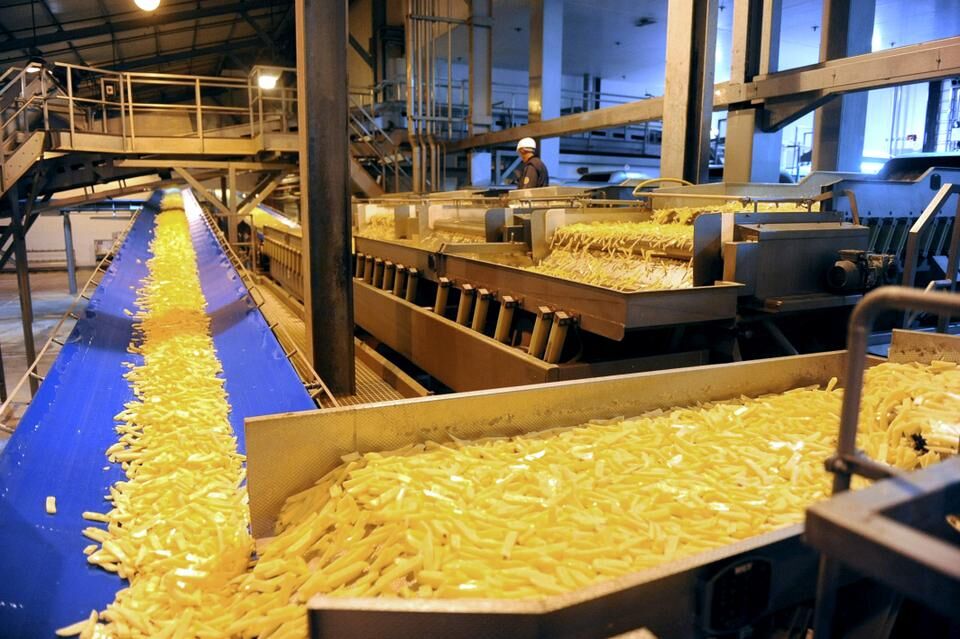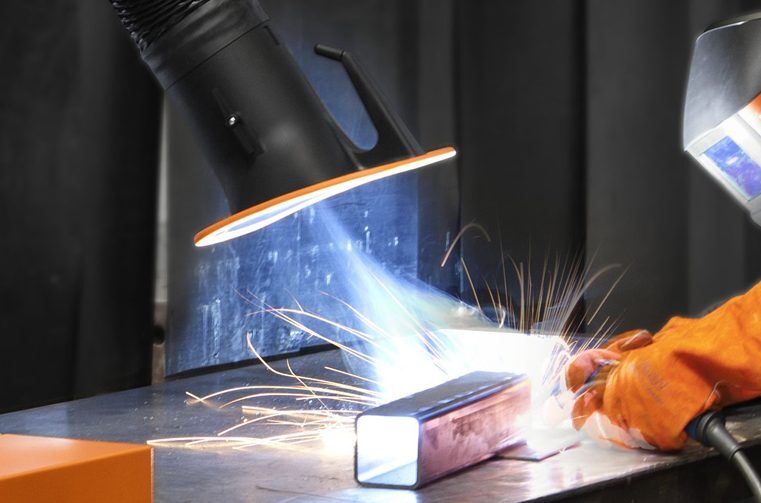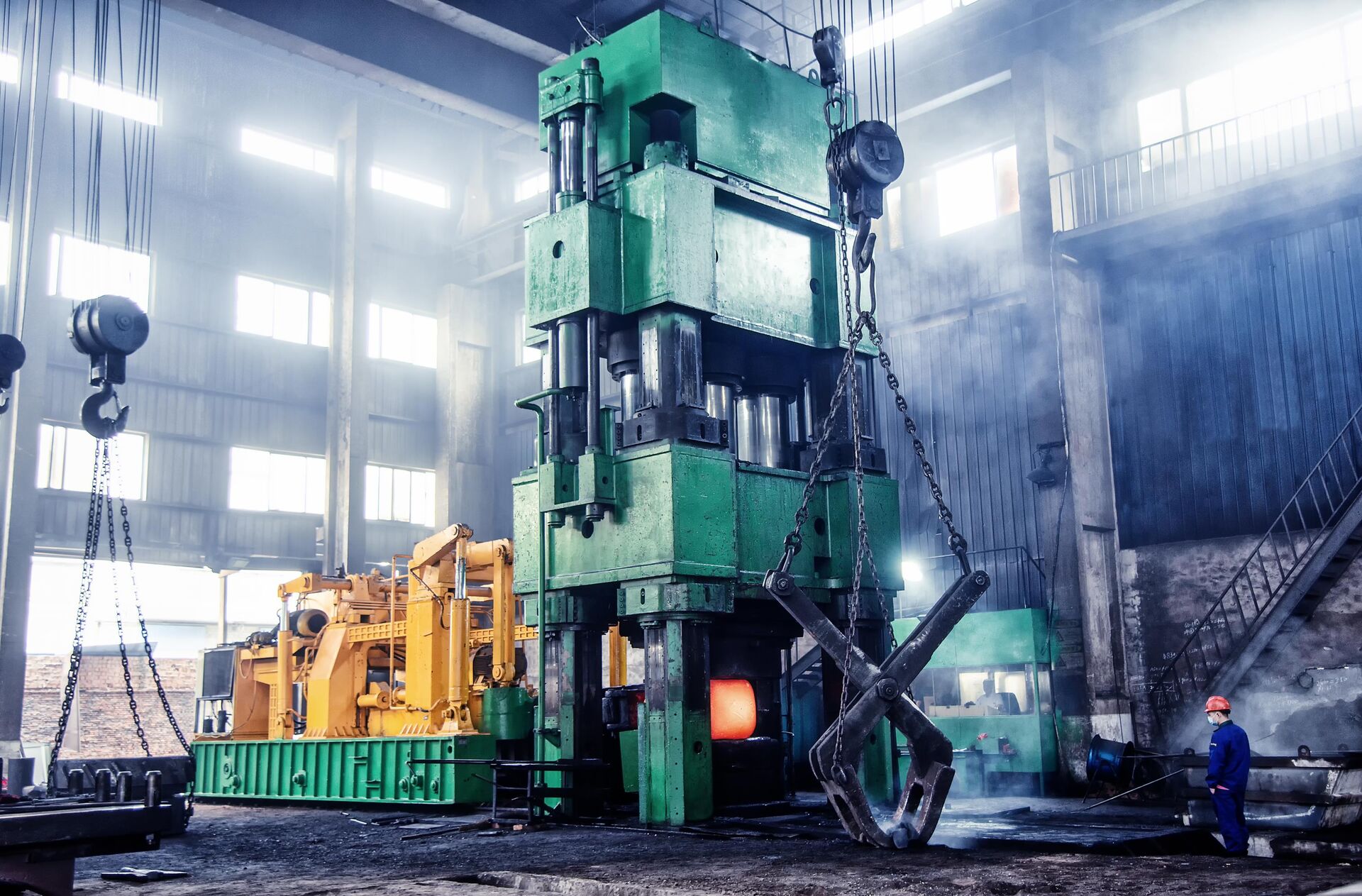Application
Brief description of Printing & Dyeing:
The exhaust gas of the dye factory mainly comes from the dilution process of various dye products and the volatilization process of the pores of the oil tank. Exhaust gas is mainly composed of particles, sulfides, nitrides, carbon monoxide, organic compounds, etc.
When dealing with flue gas, the complexity and diversity of odorous gases from dyes and inks, as well as the comprehensiveness of dust removal, sterilization and disinfection, should be considered. Also more complicated.
1.1.1.Printing and dyeing waste gas treatment method
The absorption method is to select a suitable liquid absorbent to remove gaseous pollutants, such as adding acid and alkali liquids, surfactants, etc. to the water to make absorbents, and absorb the pollutants to obtain purification. The equipment usually used is a packed tower or a spray tower.
The adsorption method mainly uses porous adsorption materials to adsorb pollutants in the exhaust gas, and there are many kinds of adsorbents. The most commonly used adsorbent in the furniture industry is activated carbon, which has the advantages of stable performance and anti-corrosion, and can be used to absorb organic waste gas with large air volume and low concentration.
The condensation method is to directly condense the waste gas or condense it after adsorption and concentration, and separate and recover valuable organic matter, which is mostly suitable for the treatment of high-concentration and valuable organic waste gas.
The biological method is to contact the exhaust gas with microorganisms, which are captured, degraded and oxidized by the microorganisms, so that the pollutants are decomposed into harmless inorganic substances. Due to the low solubility of the components in the organic waste gas in water, there is a large resistance to the gas-liquid phase transfer, and the microbial treatment efficiency is low.
The photo-oxygen catalytic degradation technology utilizes the photocatalytic activity of the catalyst to oxidize the target pollutants adsorbed on the surface of the catalyst, and is suitable for the treatment of low-concentration and large air volume gases. However, the photo-oxidative degradation products must be hydrophilic vocs, which will cause secondary pollution, and the treatment efficiency needs to be improved.
The combustion method is to burn and oxidize the organic matter in the exhaust gas and completely convert it into carbon dioxide and water. The initial investment and operating costs of the combustion method are relatively high, and it is less used in the furniture industry.
1.1.2.Printing and dyeing waste gas treatment process
Spray tower + activated carbon adsorption equipment
It is suitable for the treatment of waste gas with low concentration and different components. Particles, dust, grease and other substances are removed by spray towers. The treated exhaust gas is absorbed by the activated carbon adsorption tower. The function of the spray tower is to purify the exhaust gas, prevent particulate matter from clogging the activated carbon adsorption tower, and reduce the adsorption efficiency.
Spray tower + UV photodegradation purifier
The function of the spray tower is to purify the exhaust gas. The spray tower can remove particles, dust, grease and other substances. The UV photodegradation purifier can purify the malodorous gas and destroy trimethylamine, hydrogen sulfide, methyl mercaptan, methyl sulfide, and dimethyl sulfide. The molecular chain structure of disulfide, carbon disulfide and styrene, and organic or inorganic macromolecular odor compounds such as hydrogen sulfide, VOC, benzene, toluene and xylene form molecular chains. Exhaust UV photolysis.
Spray tower + plasma purification equipment
It is used to treat organic waste gas containing soot, acid and alkali waste gas. The waste gas is pretreated by the spray tower, the gas enters the spray tower, and after washing, the dust and acid-base waste gas in the gas are removed. The remaining organic waste gas is purified by ion purification equipment to avoid damage to the equipment by the waste gas.
Recommended Products
Awesome! Share to:
Related Posts
 Textile, Printing&Dyeing Industry
Textile, Printing&Dyeing Industry Heat Treatment Processing industry
Heat Treatment Processing industry Rubber plastic granulation project
Rubber plastic granulation project Modified Asphalt Production Items
Modified Asphalt Production Items Agriculture&Sideline Food Production Items
Agriculture&Sideline Food Production Items Cleaning Commercial cooking Exhaust by Electrostatic Filter
Cleaning Commercial cooking Exhaust by Electrostatic Filter Industrial Dust &Welding Collection
Industrial Dust &Welding Collection Machine tools &Grinding Cutting Drillling Fume
Machine tools &Grinding Cutting Drillling Fume



